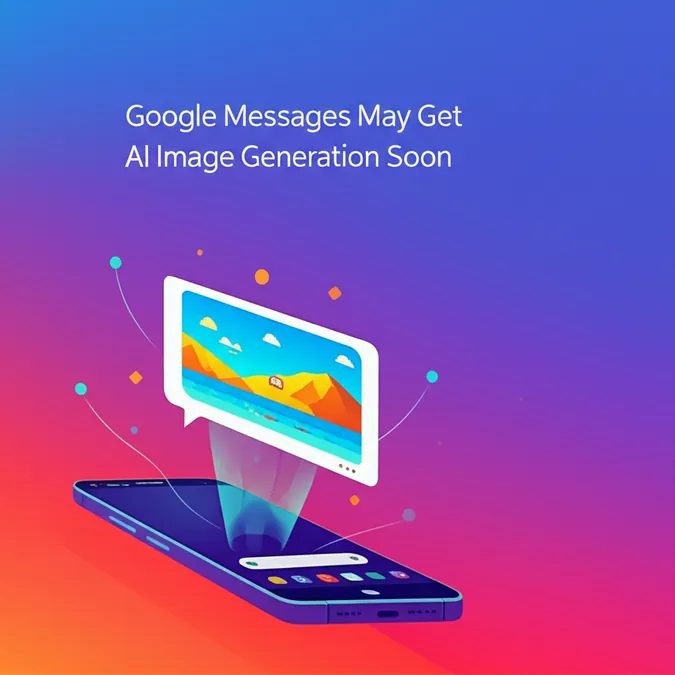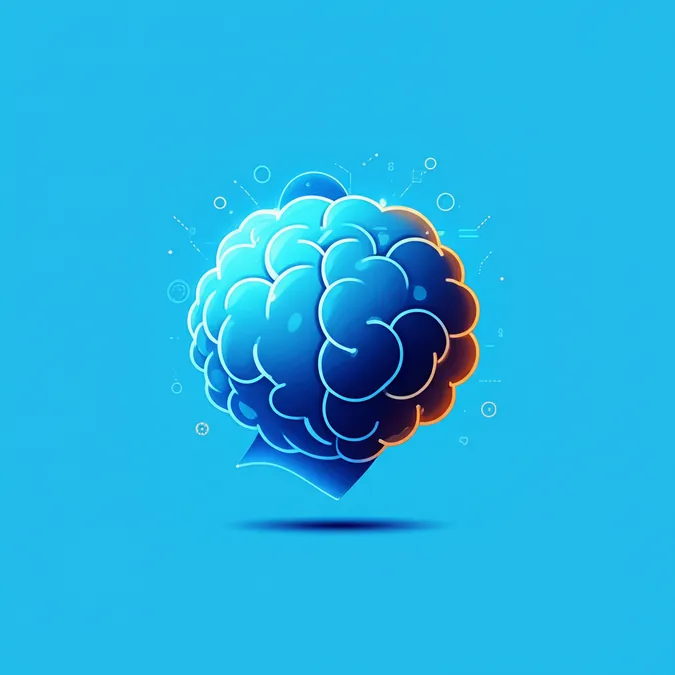Developer Offer
Try ImaginePro API with 50 Free Credits
Build and ship AI-powered visuals with Midjourney, Flux, and more — free credits refresh every month.
I Tried Vibe Coding With AI Heres What I Learned
The Promise of Effortless Coding
What if you could automate the most tedious part of your job without knowing how to code? Tech leaders like Alphabet CEO Sundar Pichai are promoting a new concept called "vibe coding," which involves using AI to generate code through natural language conversations. The idea is to describe what you want, and the AI builds it for you.
As a journalist with zero coding experience, I decided to put this to the test. My goal was to create a tool to solve a real problem I face daily. The project took half a day and was filled with frustration and breakthroughs, but it ultimately taught me valuable lessons about how to effectively collaborate with Large Language Models (LLMs) like ChatGPT.
My Mission To Automate Social Media Monitoring
My least favorite part of being a journalist is spending time on social media platforms that I don't enjoy. Specifically, manually checking the individual X accounts of about a dozen tech CEOs is a huge time sink.
My project goal was to build a simple webpage that would display the social media posts of key figures in one place, without me needing to log in or visit their separate profiles. To start, I wanted the page to feature three columns for Donald Trump, Elon Musk, and Sam Altman, with each column automatically updating whenever they posted something new.
Attempt One A Cascade of Errors
I began my experiment by telling ChatGPT that I was a complete beginner and needed to start from scratch. I laid out my plan in detail, and the AI generated a brief plan, guiding me to download software, create files, and launch a local webpage using my MacBook's Terminal.
It then produced a very long block of code. The initial steps went smoothly, but as soon as I launched the program, I was met with error messages in all three columns. I followed ChatGPT's troubleshooting advice, but every attempted fix only seemed to make things worse. With each new piece of code it generated, a different error would appear. Soon, the AI was suggesting solutions that were far beyond my understanding.
Eventually, ChatGPT had enough. It gave me a "gateway timeout" error, effectively kicking me off the platform for the next two hours. My first attempt was a complete failure.
Take Two A New Strategy for Success
By 7 p.m., I was ready to ask for help. I messaged my partner, a computer science Ph.D. student, who immediately told me I was approaching the problem all wrong.
His advice was transformative:
- Simplify the task. Delete everything and start with fetching the social feed of just one person.
- Communicate effectively. Talk to ChatGPT like it's a "very knowledgeable toddler," not a search engine.
- Understand the process. Instead of just copying code for an instant result, ask the AI to explain what it's doing so you can learn.
Armed with this new perspective, I started over. This time, instead of just demanding code, I asked ChatGPT for the best way to approach the task. The AI suggested we first create a mock feed with placeholder posts to ensure the basic structure worked correctly before trying to pull in live data.
I followed its instructions, and soon I had a working mock-up. From there, ChatGPT showed me exactly which lines of code to change to connect to the real feed. I hit one final "cannot fetch feed" error, but the solution was simple: try a different web browser. I switched from Chrome to Safari, and after a few seconds of loading, it worked. My first vibe-coded web app was a success.
Key Takeaways for Working With AI
This experience confirmed what computer scientists often say: even with AI, it's obvious when you don't know what you're doing. However, for building simple solutions to annoying problems, AI can be incredibly powerful if you learn how to use it properly.
I learned that coding with ChatGPT is most effective when I'm an active participant, willing to do the legwork and understand the process rather than just expecting a quick fix. It's also crucial to scale up gradually—start with a mock trial, then switch to real data, and only add more features once the foundation is solid. Hopefully, my hours of frustrating but educational vibe coding will now save me a little bit of time every day.
Compare Plans & Pricing
Find the plan that matches your workload and unlock full access to ImaginePro.
| Plan | Price | Highlights |
|---|---|---|
| Standard | $8 / month |
|
| Premium | $20 / month |
|
Need custom terms? Talk to us to tailor credits, rate limits, or deployment options.
View All Pricing Details

